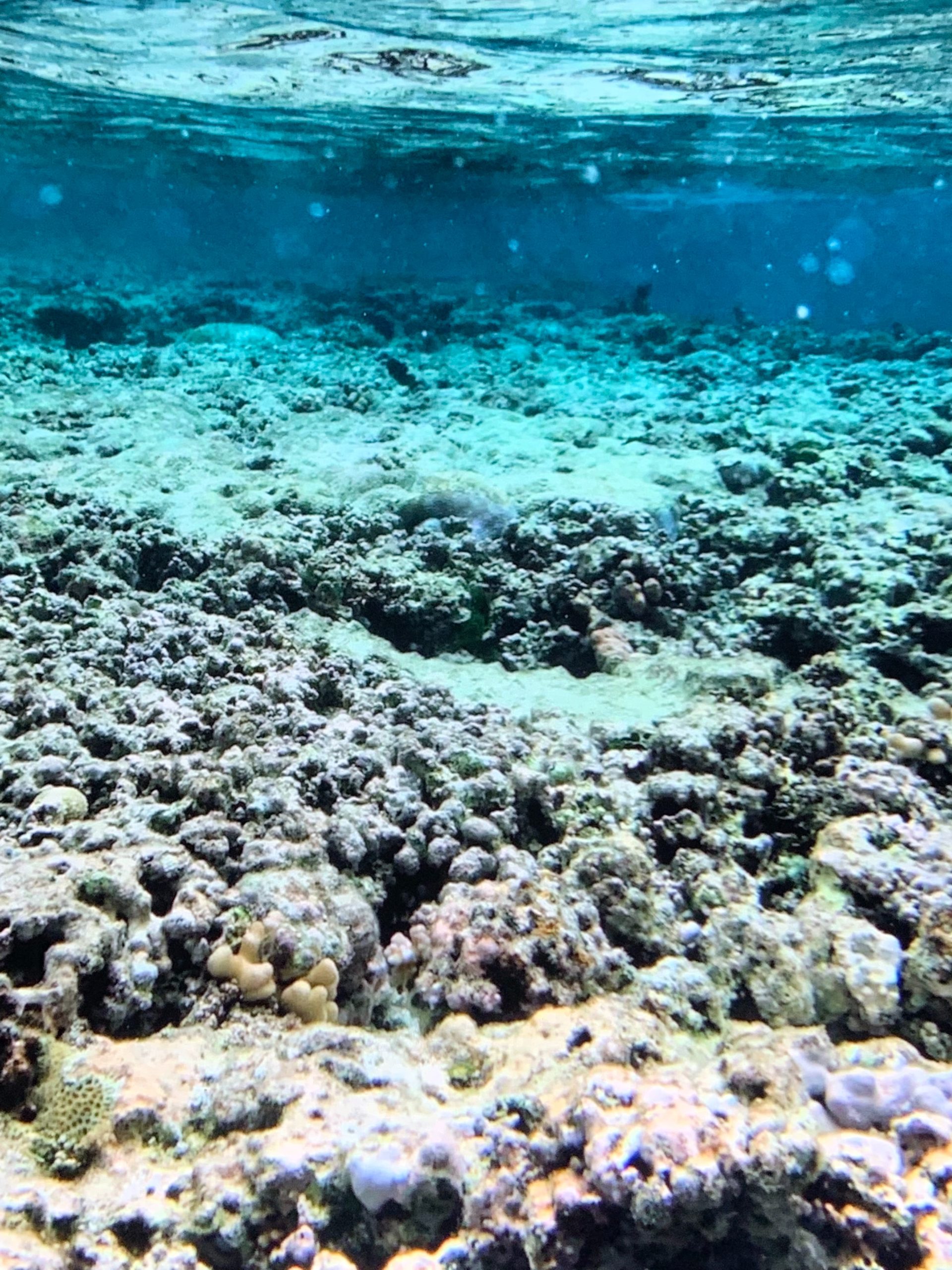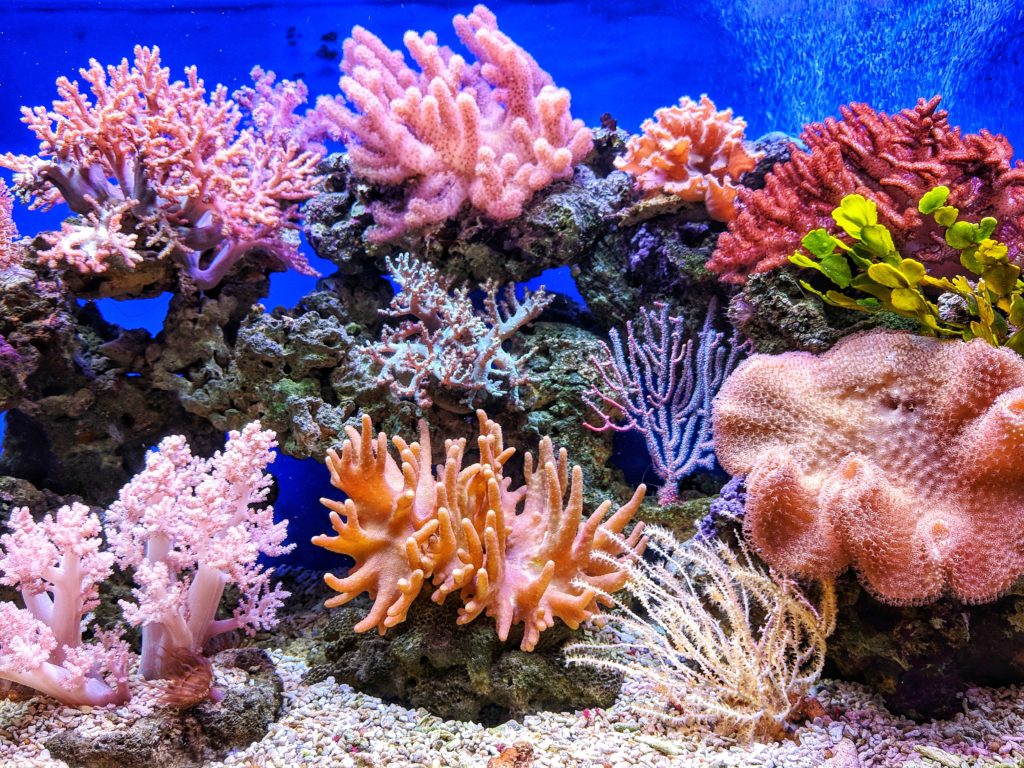Sunscreen, Coral Reefs, and Coral Bleaching: Unveiling the Connection
The impact of sunscreen on coral reefs has been a growing concern, particularly in relation to coral bleaching. Coral reefs, known as the “rainforests of the sea,” are facing multiple threats, including climate change, pollution, and habitat destruction. In this blog post, we delve deeper into the connection between sunscreen use, coral reefs, and the phenomenon of coral bleaching, shedding light on the importance of addressing this issue.
Understanding Coral Bleaching
Coral bleaching is a process that occurs when corals lose their symbiotic algae, known as zooxanthellae, which provide them with energy through photosynthesis and give them their vibrant colors. Under stressful conditions, such as increased water temperatures or pollution, corals expel the zooxanthellae, resulting in a pale or bleached appearance. Although corals can recover from bleaching if conditions improve, prolonged stress can lead to their decline and eventual death.

The Role of Sunscreen in Coral Bleaching
While sunscreen is not the sole cause of coral bleaching, certain sunscreen ingredients have been found to exacerbate the effects of environmental stressors. Chemical filters, such as oxybenzone and octinoxate, have been shown in studies to contribute to coral bleaching and hinder coral growth and reproduction. These chemicals can disrupt the coral’s symbiotic relationship with zooxanthellae, making them more vulnerable to bleaching. But also Physical Filters ( Zink Oxide nanoparticels ) caused rapid bleaching.
The term “reef-safe” implies that a sunscreen has minimal or no impact on coral reefs. However, the reality is that no sunscreen can be considered entirely safe for coral reefs. While some sunscreens may have reduced environmental impacts compared to others, it is important to recognize that all sunscreens, including those labeled as reef-safe, have the potential to contribute to coral reef stress and degradation.
Understanding the Issue of “Reef-Safe”
Since early 2021, the island state of Hawaii has banned sunscreens containing oxybenzone and octinoxate due to their potential to cause coral bleaching. However, it’s important to note that the regulation of “reef-safe” sunscreens is still in its early stages. Further ongoing scientific research is needed to determine the actual safety and harmlessness of both physical and chemical sunscreen products for coral reefs. It’s worth highlighting that the primary causes of coral bleaching lie in the global rise in water temperature and agricultural runoff into the ocean.
What can we do?
Avoid harmful sunscreens when swimming near coral reefs:
Sunscreens have minimal impact on corals unless you plan on swimming NEAR coral reefs ( which we don’t do every day ). In such situations, it’s advisable to maximize the use of alternative sun protection methods, such as seeking shade and wearing protective clothing ( please use a longarm sunshirt ), to minimize the need for sunscreen application. For exposed areas, look for sunscreens that do not contain or contain lower quantities of ingredients proven to be harmful to corals.

Common sunscreen ingredients
Harmful: Zinc Oxide, Oxybenzone, Octinoxate, Ensulizole (4-MBC),
Slightly harmful or no impact: Octocrylene, Octisalate, Avobenzone, Octyltriazone (Uvinul T), Ecamsule (Mexoryl SX), Drometrizole Trisiloxane (Mexoryl XL), Titanium Dioxide
Unknown: Bemotrizinol (Tinosorb S), Bisoctrizole (Tinosorb M), Diethylamino Hydroxybenzoyl Hexyl Benzoate (Uvinul A Plus), Ensulizole, Homosalate
It is crucial to read the actual sunscreen ingredients and not solely rely on labels like “reef-friendly,” “biodegradable,” or “non-biodegradable.” Many “reef-friendly” sunscreens mistakenly assume that organic (“chemical”) sunscreens are harmful, while inorganic (“mineral”) sunscreens are safe, despite zinc oxide proving to be more harmful to corals than many “chemical” sunscreens and some even containing oxybenzone.

Contribute to coral reef conservation
Instead of just focusing on products that claim to be “reef safe,” there are other ways we as individuals, communities, and governments can actually contribute to coral reef conservation in the following ways:
* Combat Climate Change: Reduce carbon emissions, support renewable energy sources, and advocate for policies that mitigate the impacts of climate change. By addressing the root causes, we can alleviate the stressors that lead to coral bleaching.
* Reduce Pollution: Minimize pollution runoff from agriculture and coastal development. Support sustainable practices and initiatives that protect water quality and reduce nutrient-rich runoff into the oceans.
* Create Marine Protected Areas: Establish and protect marine reserves that safeguard coral reefs from destructive activities such as overfishing and destructive fishing practices. These protected areas provide a sanctuary for corals to recover and thrive.
* Support Research and Conservation Efforts: Encourage scientific research, monitoring, and conservation initiatives aimed at understanding and preserving coral reef ecosystems. Support organizations dedicated to coral reef protection through donations or volunteer work.

Conclusion
Coral bleaching is a pressing issue that threatens the survival of coral reefs worldwide. While sunscreen use plays a part in this complex problem, it is essential to address the broader challenges of climate change, pollution, and habitat degradation. By avoiding harmful sunscreens when swimming near coral reefs, supporting coral reef conservation initiatives, and advocating for sustainable practices, we can contribute to the protection and restoration of these invaluable ecosystems. Together, we can ensure a future where vibrant coral reefs continue to thrive and inspire awe for generations to come.
You only have 1 version of your skin – don’t forget to protect it as much as possible.
WHEN YOUR SKIN TELLS YOUR STORY, YOU DESERVE TO LOOK YOUTHFULL – PROTECT IT DAILY
#YOURSKINNEVERFORGETS
For more information about our SPF50+ products click here
Follow us on Instagram

